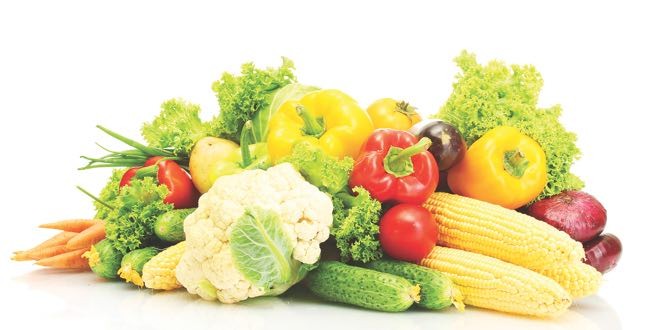Understanding What It All Means
Even the most casual food shoppers have probably noticed the increased quantity and variety of organic foods available in regular grocery stores.
Once the specialty of health food stores, organic foods are spreading from specialty aisles to shelves throughout the big food stores.
Maybe you’re wondering what all the fuss is about. Are organic foods healthier? Are they safer? Are they worth the extra money if they cost more than conventional foods? How do they taste?
And what about those labels touting foods as “sustainable,” “natural,” “free-range,” “grass-fed,” or “fair trade”? What do they mean, and are those foods organic, too?
Read on for a crash course in organic and other environmentally friendly foods.
Defining “Organic”
If a food is labeled “organic,” what does that mean? To meet the organic standards set by the U.S. Department of Agriculture (USDA), an organic food is one that is grown without:
• pesticides
• fertilizers made with synthetic ingredients or sewage sludge
• herbicides
• antibiotics
• bioengineering
• hormones
• ionizing radiation
Organic animal products — meat, poultry, eggs, and dairy foods — come from animals that are fed 100% organic feed products, receive no antibiotics or growth hormones, and have access to the outdoors.
If a product is labeled “organic,” it means that a government-approved certifier has inspected the farm where it was produced to ensure that the farmer followed all the rules necessary to meet the USDA’s organic standards. Farmers who produce organic foods use renewable resources that conserve the soil and water for future generations. And any company that handled or processed that food on its way to the grocery store must be certified organic, too.
Foods labeled “organic” can be either:
• 100% organic: They’re completely organic or made of all organic ingredients.
• Organic: They’re at least 95% organic.
If you see “made with organic ingredients” on a label, it means the food contains at least 70% organic ingredients, but can’t have the “organic” seal on its packaging.
Sustainable Foods
Another term you might hear in conjunction with organic and natural foods is “sustainable.” This movement encourages eating foods grown locally by sustainable agricultural methods — that is, using food-growing techniques that don’t harm the environment, are seasonal, and preserve agricultural land. Sustainable practices also are humane to animals, pay growers fairly, and support local farming communities by distributing their food through farmer’s markets and other venues.
Again, “sustainable” and “organic” don’t always mean the same thing. An organic tomato you buy, for example, might not adhere to sustainable principles if it was grown organically but shipped across the country to your market. And some produce you find at your local stand might not have been grown organically.
There’s a growing trend among health-conscious consumers to buy food that is both sustainable and organic whenever possible.
To read the rest of this article for free, check out the latest issue of High School Illustrated – USA National Edition for iPad, iPhone, Android tablets, and Android phones. Completely free on the App Store and Google Play Store.
This information was provided by KidsHealth, one of the largest resources online for medically reviewed health information written for parents, kids, and teens. For more articles like this one, visit KidsHealth.org or TeensHealth.org. © 1995-2008. The Nemours Foundation. All rights reserved.
 High School Illustrated High School Sports Magazine
High School Illustrated High School Sports Magazine


